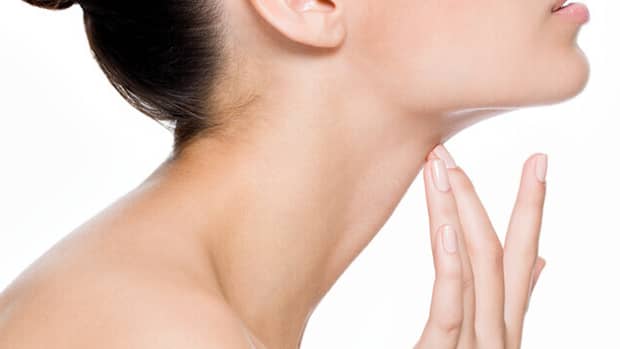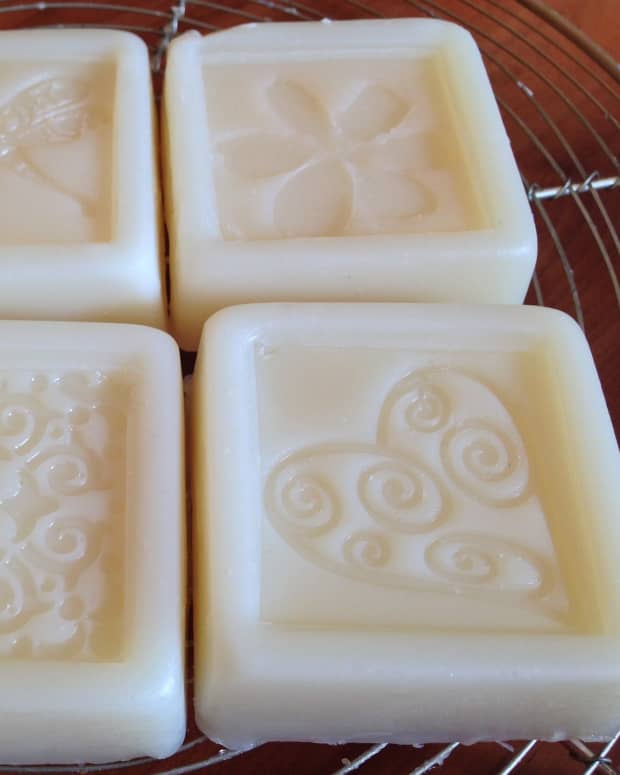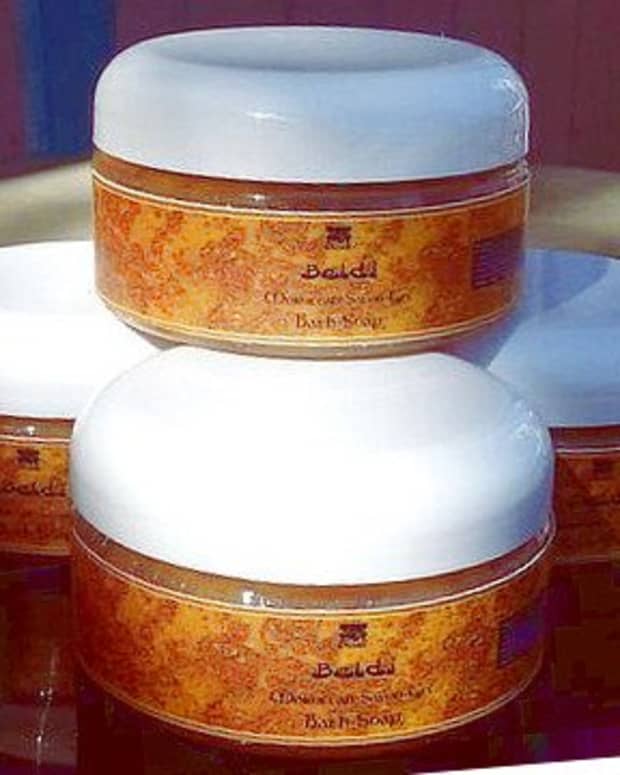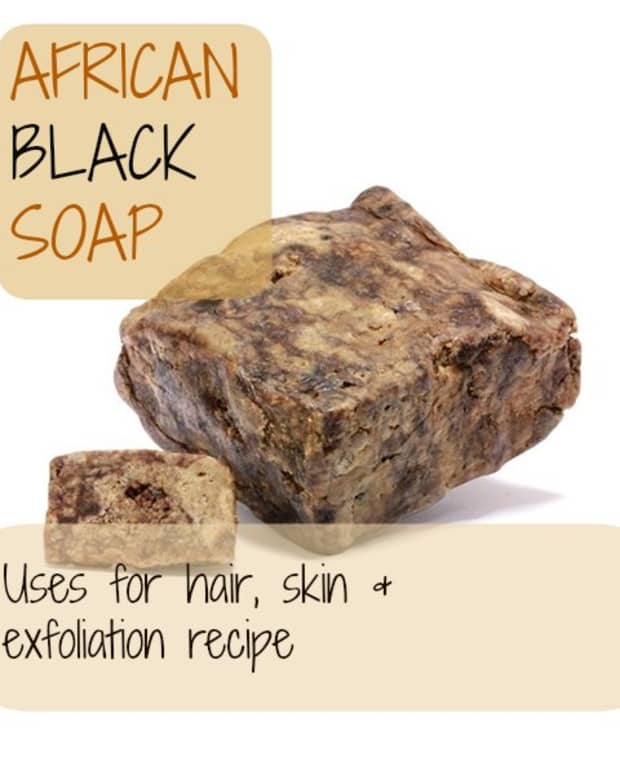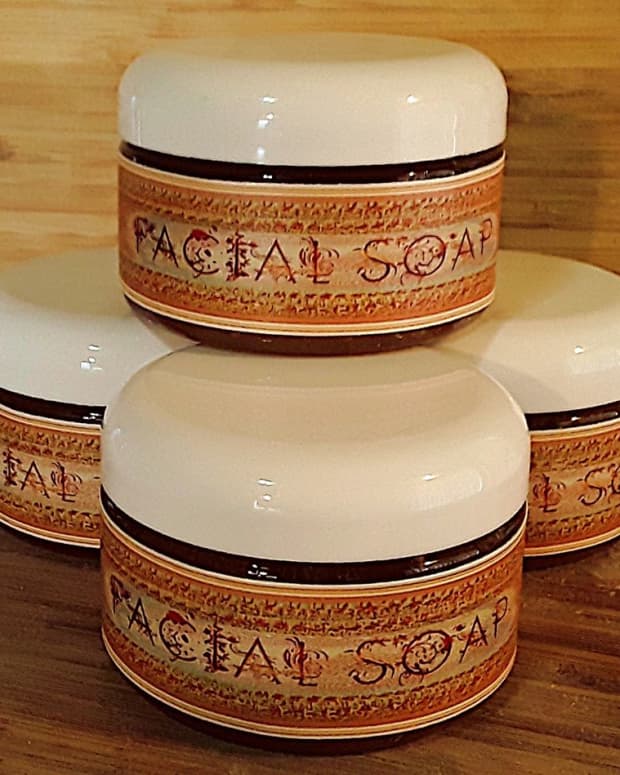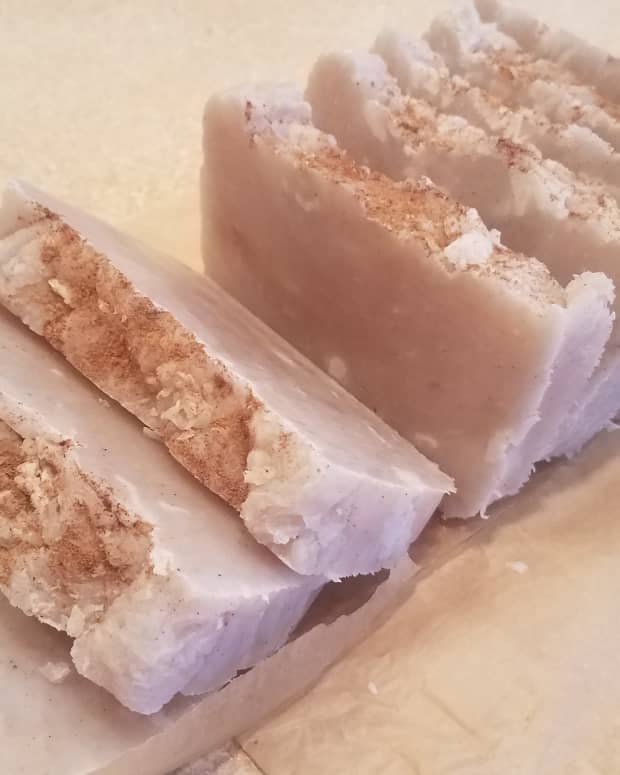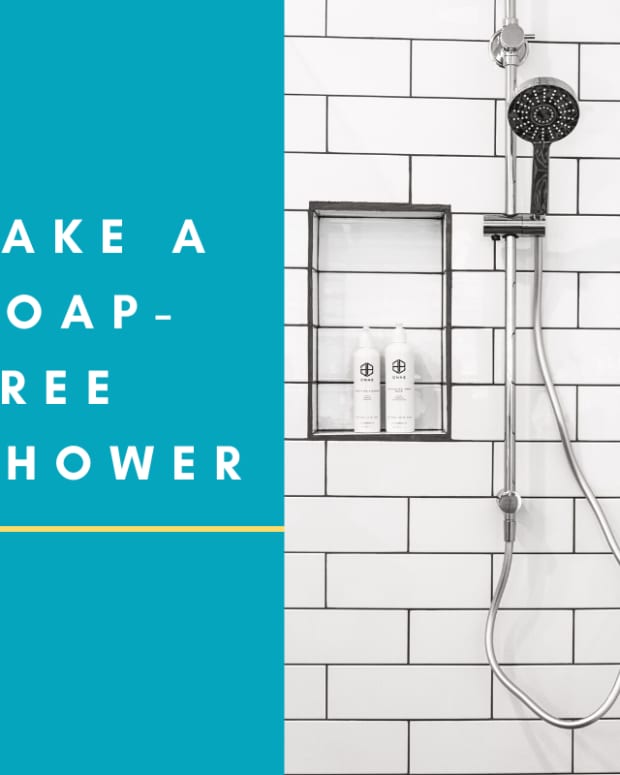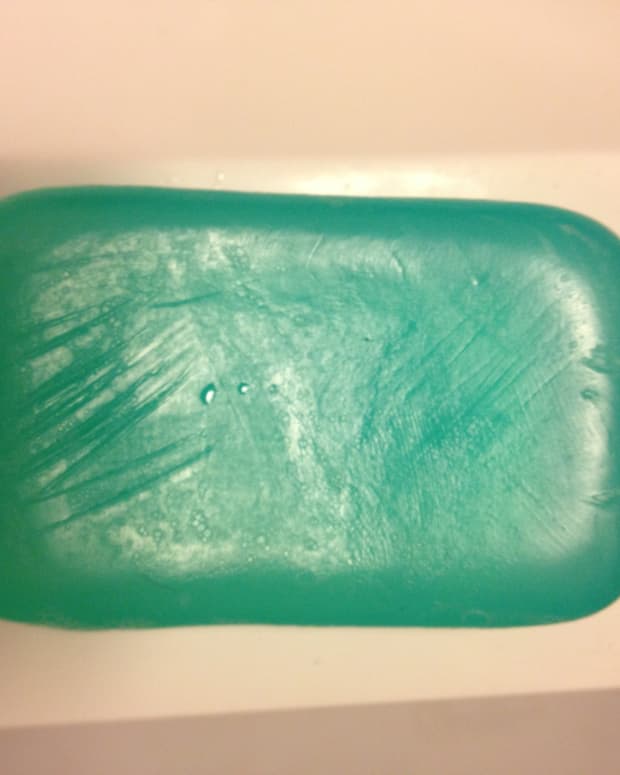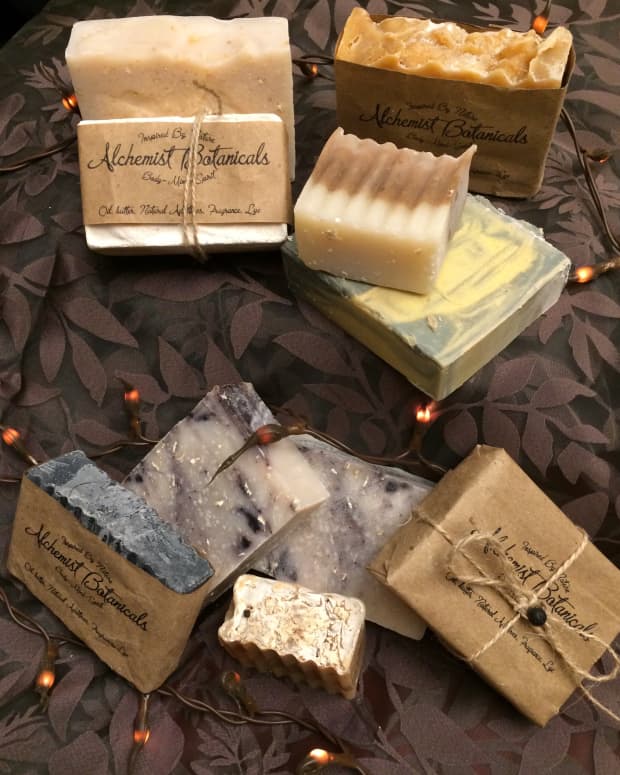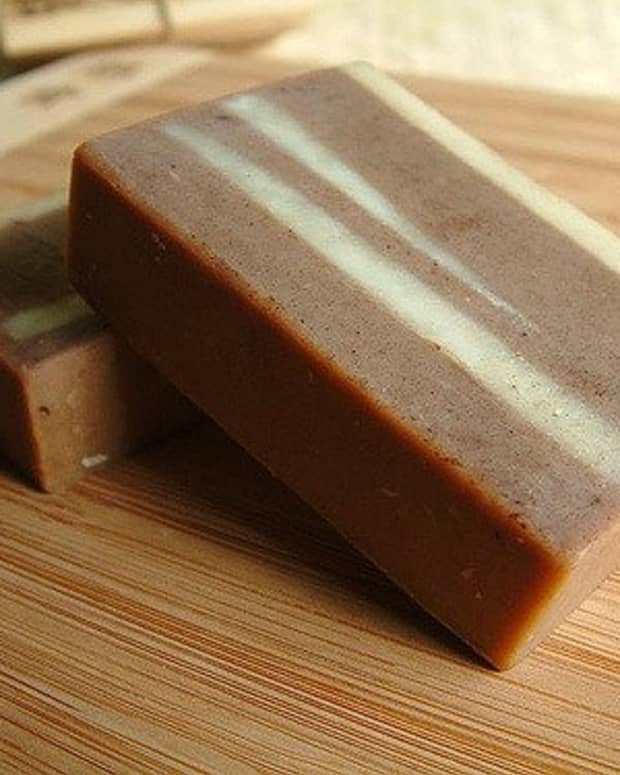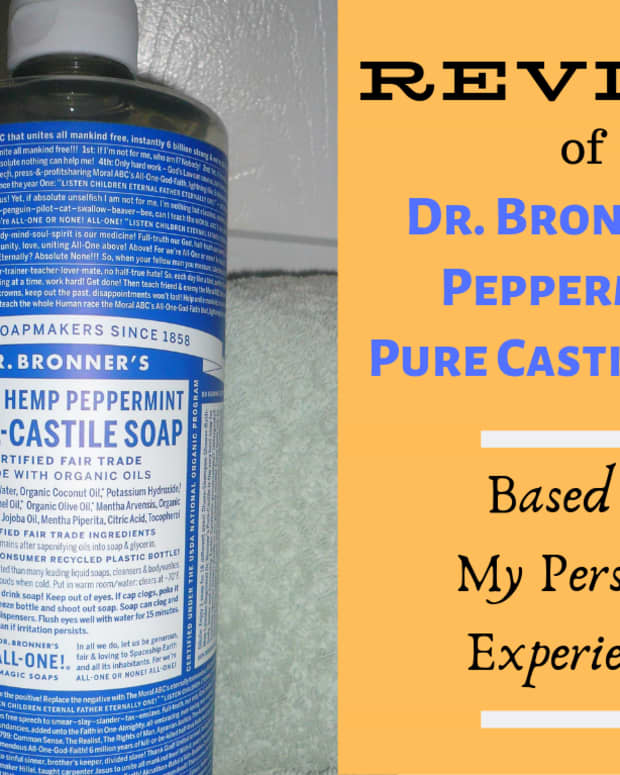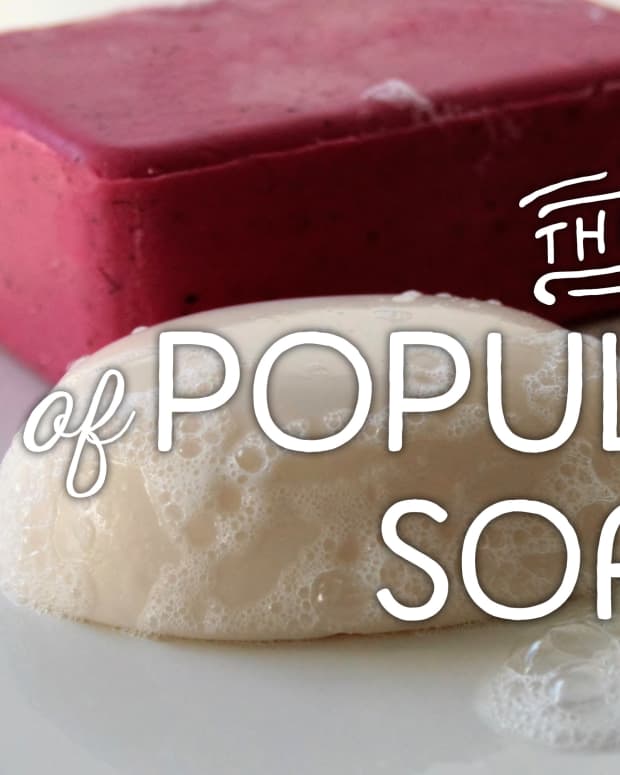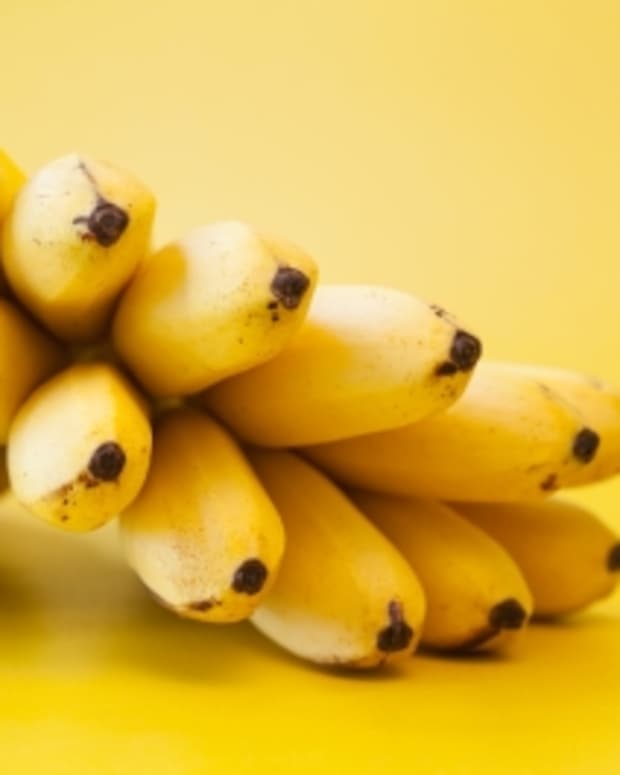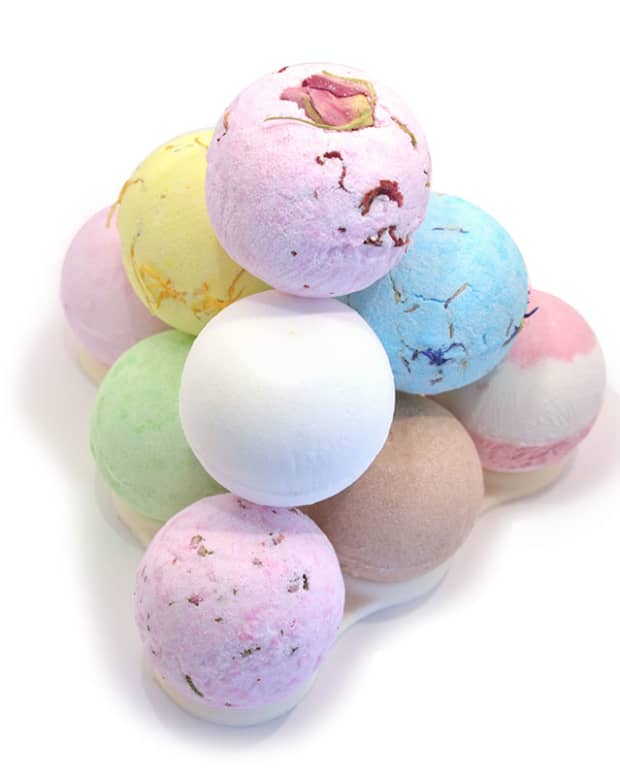Soleseife Soap Recipe: German Brine Soap
I have an interest in handmade bath and body products, so I am continually experimenting with new soap-making recipes and techniques.
What Is Soleseife Soap?
A while back, a “new” kind of German brine soap was all the rage on soap making forums, so of course, I had to try it out, too. It was called soleseife (zo•luh zigh•fuh). People spelled it all different ways and many were mistakenly treating this soap like a regular salt bar, even though the outcome is very different.
Soleseife is different from a salt bar because the salt is dissolved in the water instead of stirred into the soap batter; so you get the benefits of bathing with salt water without the exfoliating dimension of using undissolved salt. I personally think salt is too scratchy for soap, and prefer to use sugar scrubs instead, but I was intrigued by the idea of a different kind of spa bar.
I developed my own soleseife soap recipe after dissecting two others that I found online:
- Soleseife or Brine/Salt Water Soap Recipe by David Fisher
- Naturseife – Soleseife “Lavendel” by Stefanie (Steffi)
Both of these seemed just like any other soap recipe, except for the sea salt dissolved into the lye water and that the coconut oil was on the higher end, at 25-30% (my usual recipe is only 15-20%).
Saltwater and sea salt soaps tend to have less lather, so that is why these recipes have more coconut oil. I couldn’t find any resource that told me how to know how much salt to use, so I just did some math to figure it out. If you divide the ounces of salt by the ounces of water, both of the above recipes used what came to 25% of their water amount for salt concentration. So that is what I went with.
I used cavity molds for my soleseife soaps because this type of soap hardens rather quickly and I didn't want to miss the window for the proper balance of firmness/softness for cutting a soap loaf.
Tip:
Don’t try to use the hot process method to make this soap recipe. The salt in the water causes it to dry out and harden up very quickly, so you will have a tough time molding it.
Soleseife Soap Recipe
Yield: 36 oz
Read More From Bellatory
Oils
- 9 oz Olive Oil (25%)
- 9 oz Coconut Oil (25%)
- 5.4 oz Avocado oil (15%)
- 4.7 oz Shea butter (13%)
- 5.4 oz Canola Oil (15%)
- 2.5 oz Castor Oil (7%)
- 2 Tbls Goat Milk Powder (not required)
Lye Solution
- 13 oz Water (36%) Unless your city has great tap water, use distilled.
- 4.804 oz Lye (8% superfat)
- 3.25 oz pink Himalayan sea salt (25% of water amount)
Note: Make sure to fully dissolve the salt in the water before adding the lye to the mix.
Fragrance
- 2.25 oz Essential or Fragrance oil
I scented mine with a mix of peppermint, lavender, tea tree, and Himalayan cedarwood essential oils. As you can see, it turned out very white. The soaps developed a thick layer of soda ash as they cured. I don't know if it was from the recipe or the fragrance, but it's something to be aware of.
It was really fun to try a soap recipe from another country—I wish they were easier to find! While I’ve only made this recipe twice, I have started using brine water in my Dead Sea mud facial bar recipe. I use a lot less salt, just over 3% for this purpose, but my skin absolutely loves it.
Questions & Answers
Question: Just wondering why you say in the recipe "Make sure to fully dissolve the salt in the water before adding the lye to the mix." What happens in this soap recipe if the salt is added after lye?
Answer: Because after you add the lye, the salt will no longer dissolve.
© 2018 Katie Adams
Comments
RTalloni on December 22, 2018:
Thanks much for this info on German brine soap. I've been trying to decide whether to try my hand at soap making and am glad to add this to my list of possibilities.



